
 Peasants (600 - 146 BC)
Peasants (600 - 146 BC) Roumanian Peasants Selling Flowers and Fruit
Roumanian Peasants Selling Flowers and Fruit Roumanian Peasant Girl
Roumanian Peasant Girl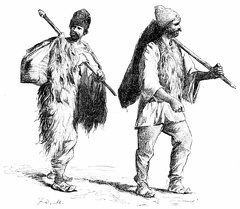 Peasants of the Delta
Peasants of the Delta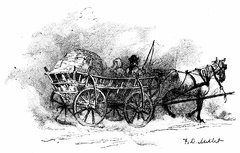 Peasant Wagon, Hainburg
Peasant Wagon, Hainburg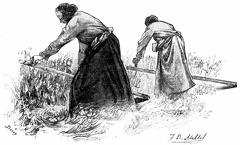 Peasant Girls Mowing
Peasant Girls Mowing Peasant Girl, Thieben
Peasant Girl, Thieben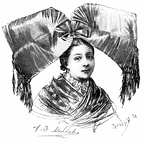 Peasant Girl of the Black Forest
Peasant Girl of the Black Forest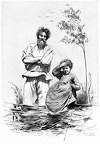 Moldavian Peasants
Moldavian Peasants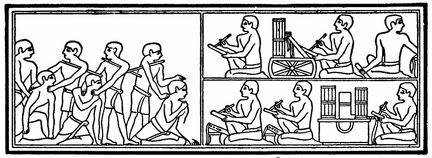 Egyptian Peasants (Pyramid Age)
Egyptian Peasants (Pyramid Age)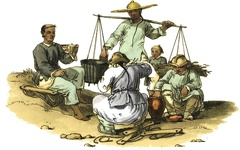 Trackers Regaling
Trackers Regaling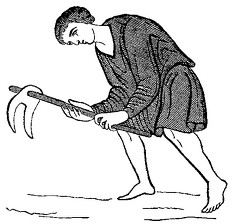 Labouring Colon
Labouring Colon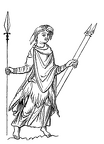 Costumes of the Franks from the Fourth to the Eighth Centuries
Costumes of the Franks from the Fourth to the Eighth Centuries Costume of Slaves or Serfs, from the Sixth to the Twelfth Centuries
Costume of Slaves or Serfs, from the Sixth to the Twelfth Centuries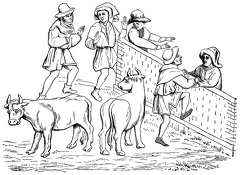 Flemish Peasants
Flemish Peasants



